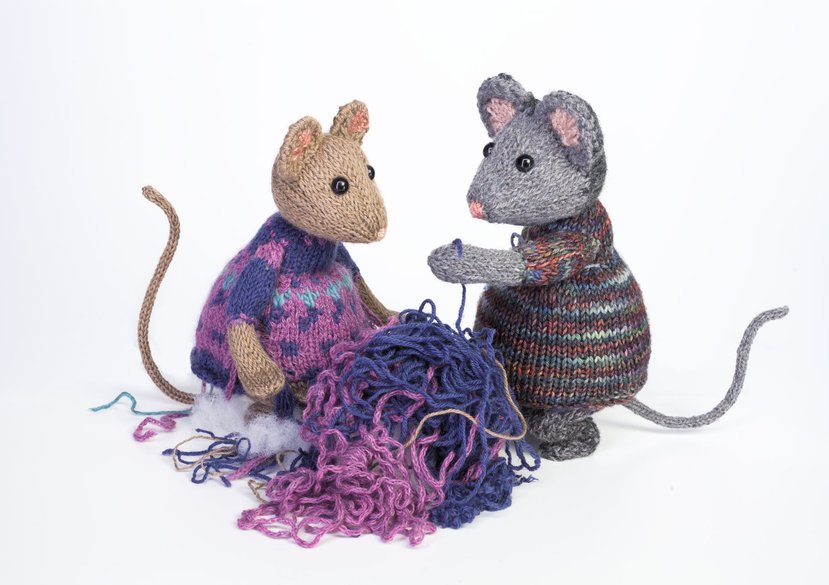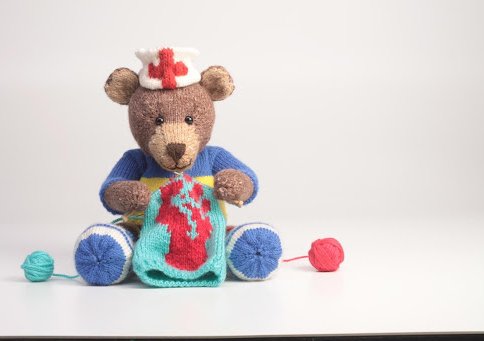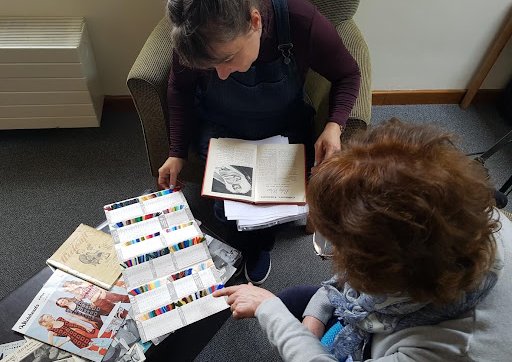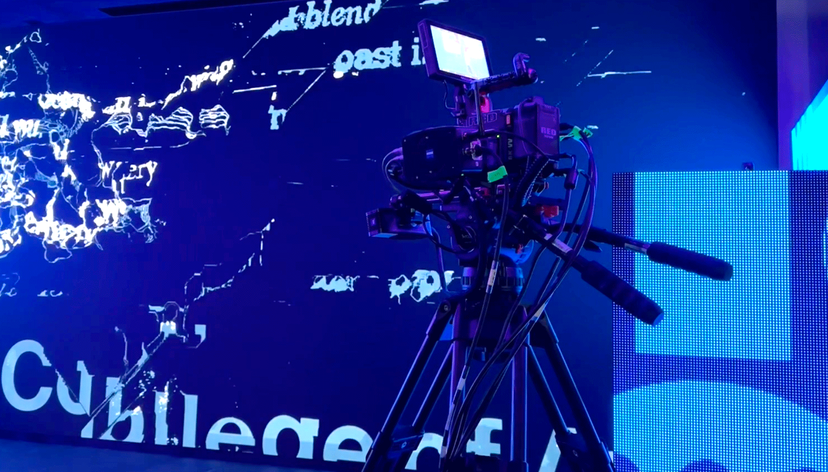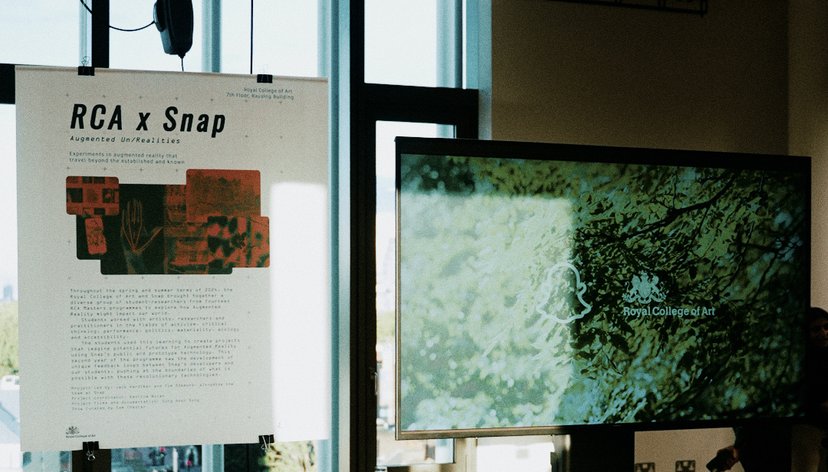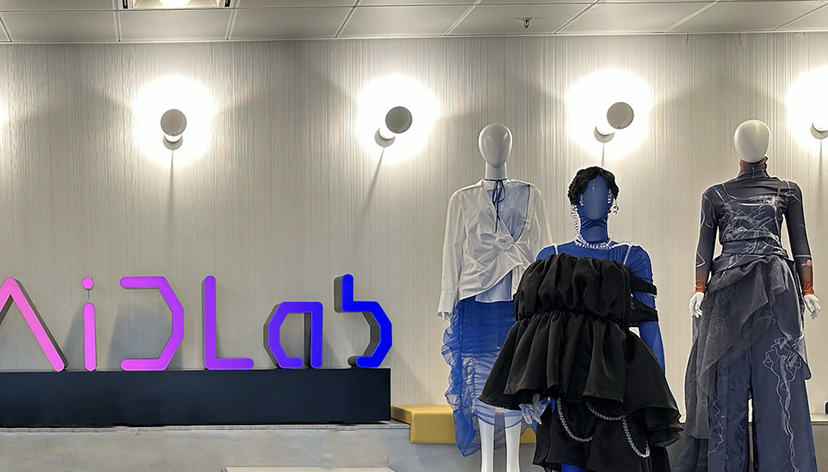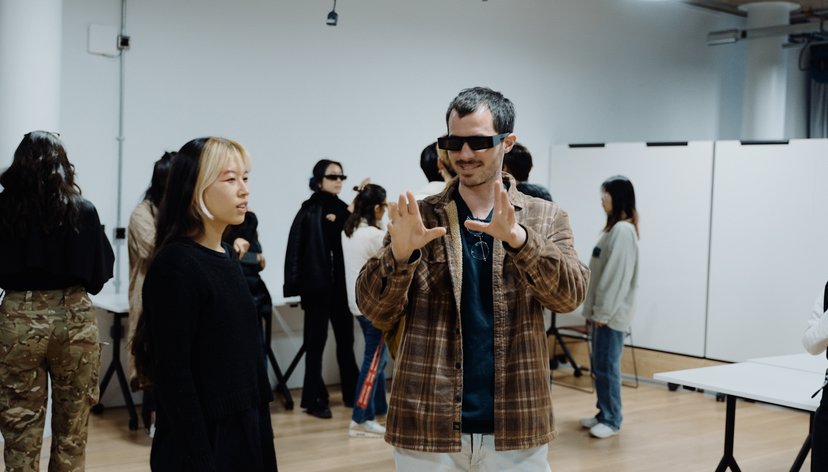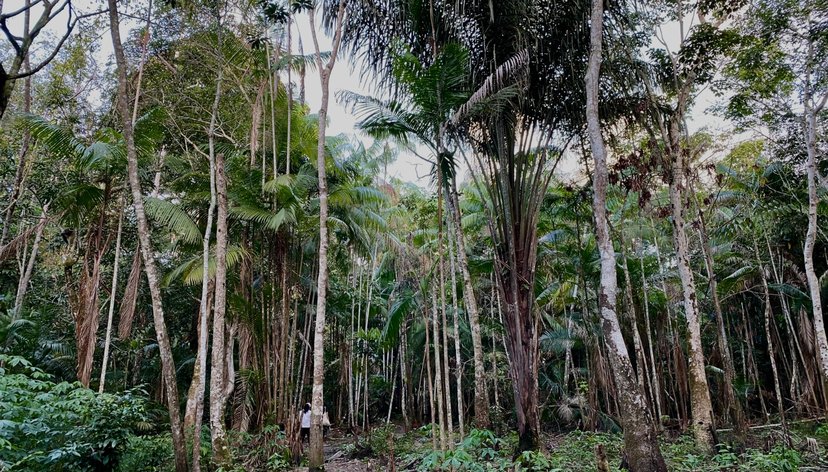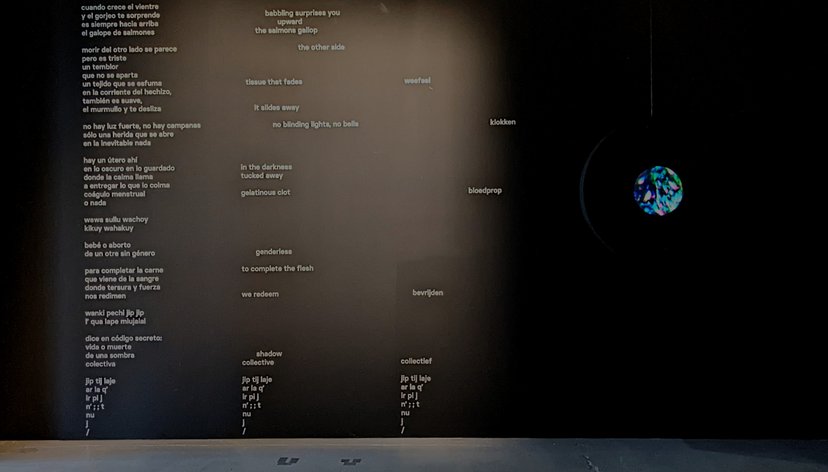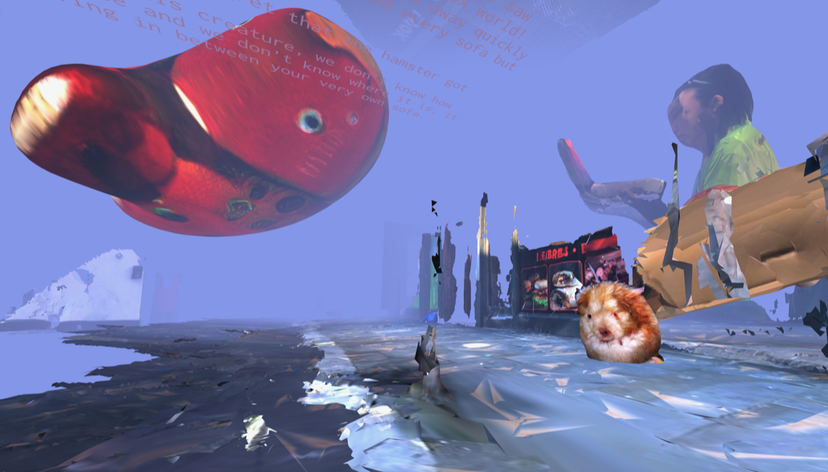
Visible Mending is a short animated documentary about the ways we repair ourselves through knitting, even when we can’t be fully mended.
At a glance
Visible Mending is an animated documentary exploring the effect that knitting has on the human brain, helping people to reconnect with their sense of self.
Case studies include:
- a software engineer who re-learned knitting to recover fine motor skills after a stroke
- an occupational therapist specialising in pain management who uses knitting as a therapeutic tool
- an artist who uses her knitting as a medium to connect communities
- a mother who knitted to process anxiety about her injured son’s recovery
- a terminal cancer patient who knits and crochets to give shape and meaning to their days.
Key details
Gallery
More information
The challenge
The film developed from an interest in the ways that knitting and other textile arts can affect mental health, and Moore’s interest in what animation could bring to this representation on screen.
The ambition was that the project would make the participant interviewees feel that their creative outputs were more than ways of passing the time, and were consequential artistic craft objects, as well as a way of chronicling of meaningful life events.
Our approach
The interviewees are all represented by a knitted or crocheted object of their choice, in fact several of the puppets were knitted by the participant interviewees themselves. Their collaboration in their own representation within the frame is a vital part of the film.
Betsan Corkhill, occupational therapist, author and interviewee in the films says, ‘Therapeutic knitting is the combination of knitting and knowledge in order to deliberately improve wellbeing. Two handed coordinated patterns of movements … has a calming effect that facilitates a meditative like state, a sense of familiarity, comfort.’ (interview 2022)
Animation, particularly stop motion, is a medium that uniquely engages an audience and this film uses the empathy generated to convey the cross cultural and generational benefits of textile crafts in mental health.
The stop motion animation was made at multi BAFTA winning Second Home Studios in Birmingham.
Activities
The project originated as an Arts Council funded R&D project made with local arts organisations MediaActive and Arts Alive, called Creative Conversations, working through creative arts with the elder community in Shropshire. Sam Moore worked with a group of knitters in Church Stretton over two years, eventually recording interviews with them describing their practice and the ways it has affected their lives.
Moore says;
‘My work with Creative Conversations has allowed me to trial interview techniques through participant observation and embedded qualitative data gathering (audio interviews) to capture information about their crafting lives and histories.. We used pre-cinematic animation techniques (using praxinoscopes) and screening animated films as a way of initiating a different way of thinking about what animation is. These discussions and practices opened up potential collaborative links with elder technicians, both textile and media specialists. By using mice knitted by a friend of the group who died a few years ago we re-opened a connection with the woman’s family and made it clear to the participants that the legacy they leave in the objects they make has a meaningful impact beyond their own life span.’
